On July 25, 35 volunteers gathered along the Navajo River in southern Colorado to plant more than 200 native trees on two private properties in a project sponsored by RMBO and partners. Native trees planted included Narrowleaf Cottonwood, Coyote Willow and Silver Buffaloberry. To create holes for plantings, volunteers and staff got to use RMBO’s brand-new water jet stinger, which uses high-pressure water to drill into riverbanks, ensuring a moist planting hole and adequate depth.
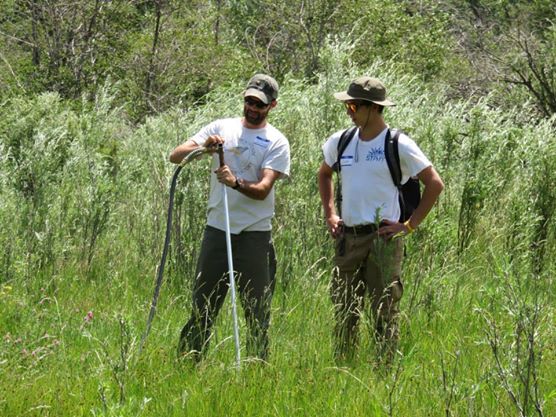
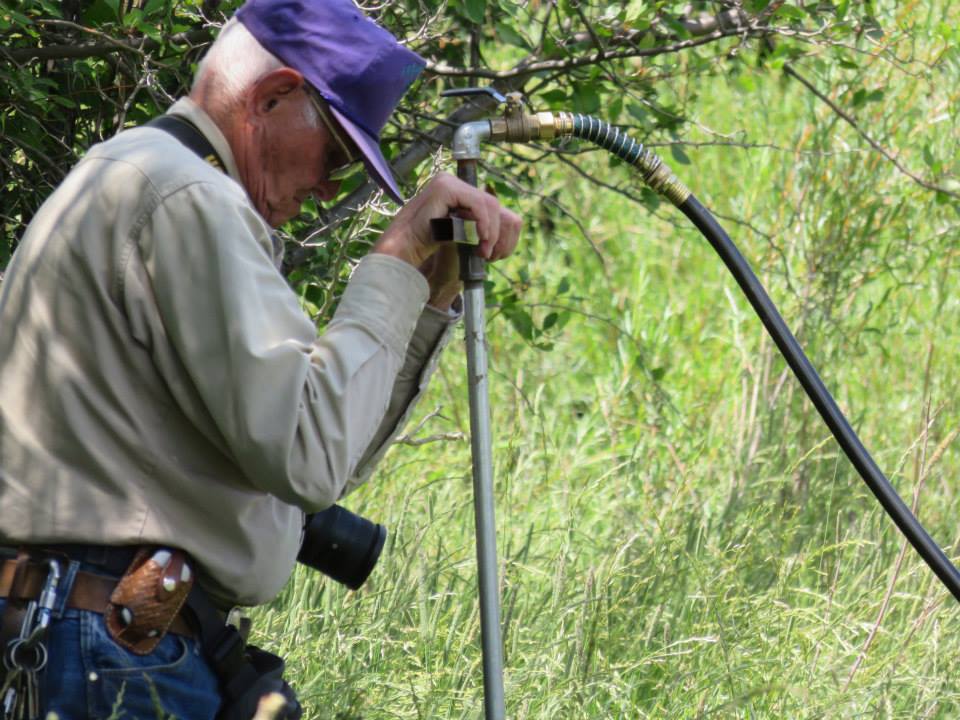
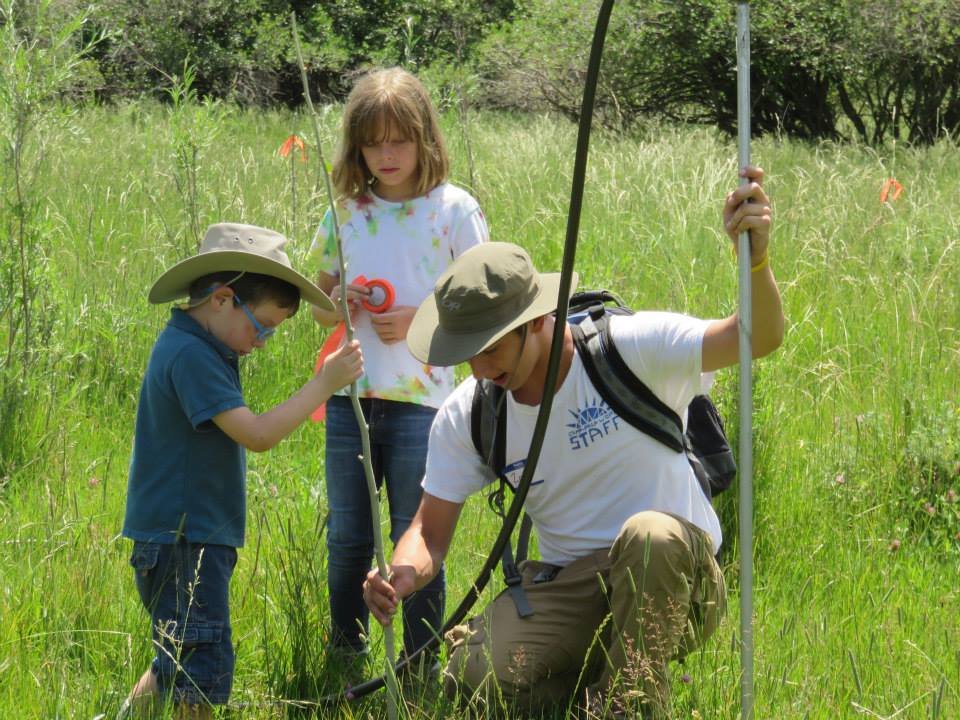
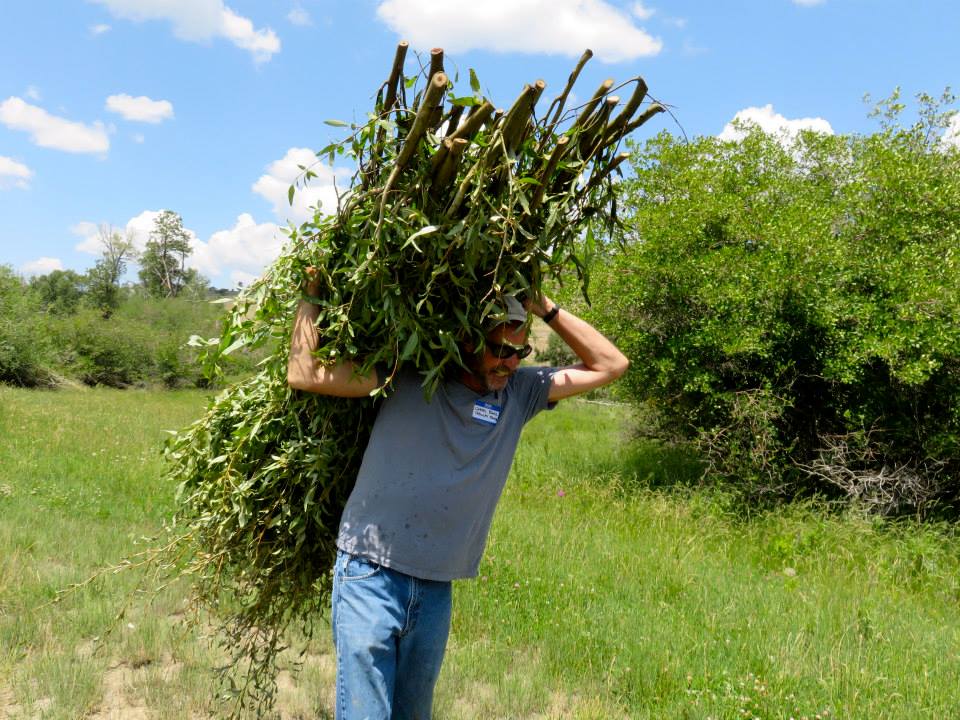
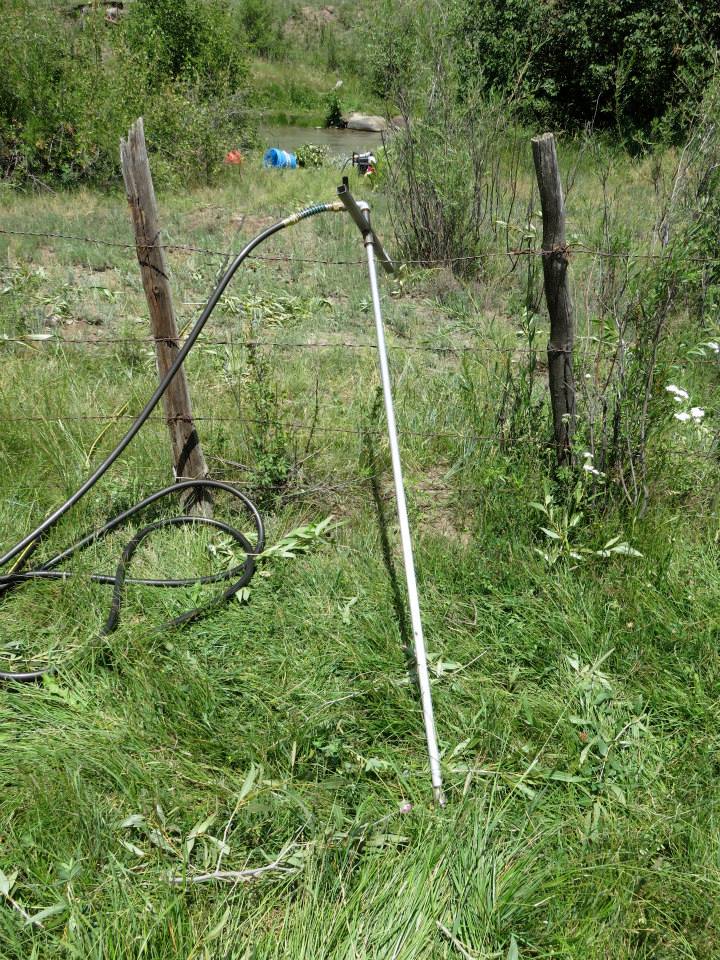
Along with the two properties restored on July 25, additional restoration work is planned on nine properties to impact a continuous 6.75-mile stretch along the Navajo River. Continuity in the restoration projects means aquatic species will have the ability to migrate up and downstream. Water quality will not be degraded and warmed while flowing between restored areas. Similarly, riparian vegetation will provide migration corridors for terrestrial and avian wildlife.
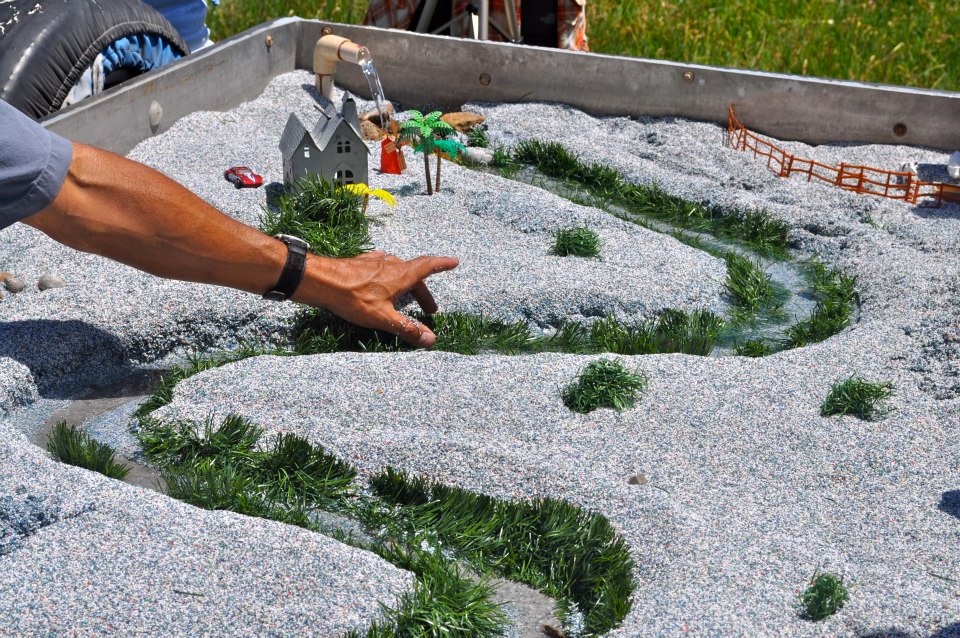
Restoration along this stretch of the Navajo River will provide habitat benefits for Red-naped Sapsuckers and Lewis’s Woodpeckers. Red-naped Sapsucker is considered a keystone species where it occurs because this bird drills numerous sap wells where it and other species collect sap and glean insects. This bird is a primary cavity nester, preferring habitats along waterways surrounded by aspen, mixed conifer and cottonwood/willow. Red-naped Sapsuckers are long-distance migrants that travel to central Mexico for winter and return to the same breeding grounds, often to the same tree for nesting.
Lewis’s Woodpecker has a high conservation need throughout its range, though the data on status is scarce. The San Juan Basin is noted as a local stronghold for this bird. It breeds in open riparian forests, agricultural areas and urban areas where suitable nesting exists. The species typically avoids dense, riparian forests and is predominately an insectivore during the warmer season, shifting to nuts, seeds and berries in winter. Lewis’s Woodpecker migrates locally from high elevation to lowland riparian areas in winter. It is a secondary cavity nester, but does occasionally excavate its own cavity if trees or snags offer dead or decaying wood. Habitat loss, particularly in breeding areas, and disturbance are suspected to be leading causes for this species’ decline.
This restoration project will benefit both species by enhancing the available woody riparian habitat for future nesting structures, retaining existing nesting habitat and enhancing insect production through in-stream and wetland habitat improvements. Rocky Mountain Bird Observatory partnered on the project with Chama Peak Land Alliance, Colorado Cattleman’s Agricultural Land Trust, NRCS and the San Juan Conservation District, with funding from Great Outdoors Colorado Riparian Restoration Initiative.
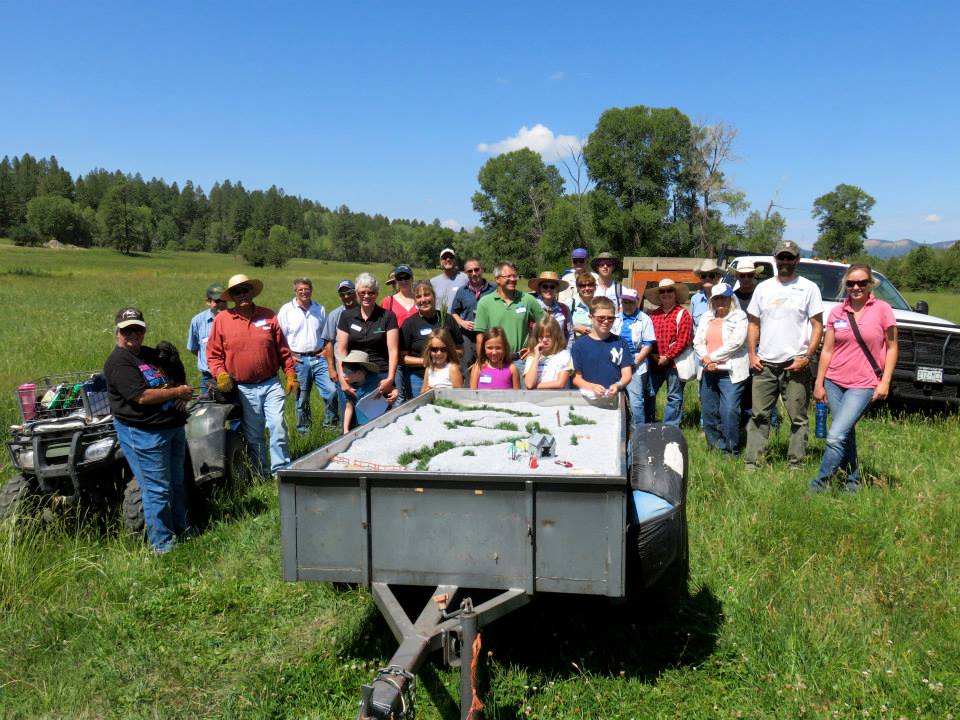
View more photos from the restoration project »
Watch a video of the restoration project …
Navajo River Planting Day | July 25, 2014 from Monique DiGiorgio on Vimeo.
~ Martin Moses, Private Lands Wildlife Biologist







